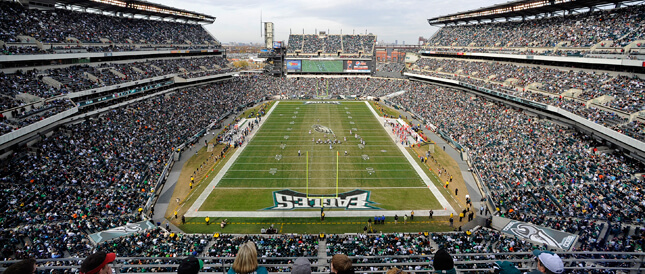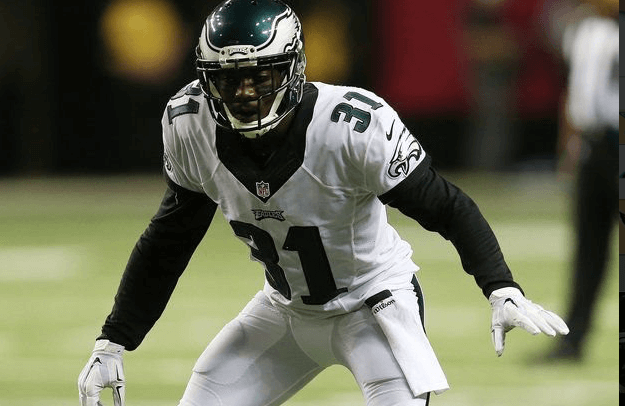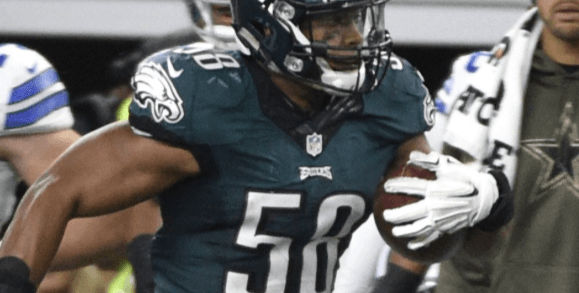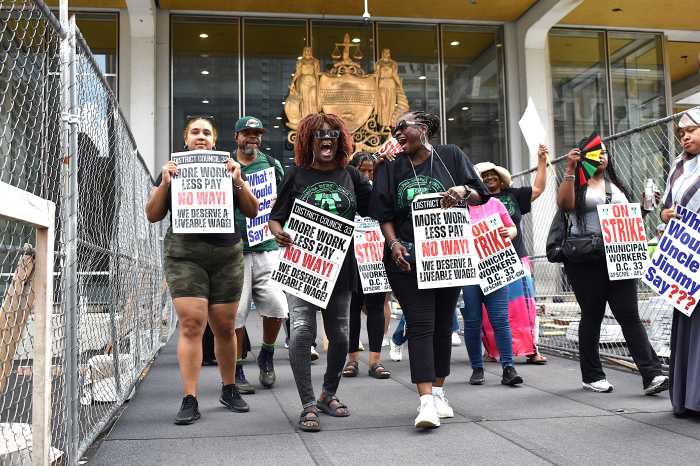This offseason is set to be one of change for the Philadelphia 76ers. A change in personnel, a change in situation and potentially a change in fortune. But with the Sam Hinkie era now in the rear-view mirror, it’s hard to look back and wonder where it all started to go wrong. The process was set to rebuild the Sixers, restoring them to their former glory. From the strength of Iverson’s passion to the dominance of Wilt, the Sixers wanted to re-emerge as a powerhouse in the NBA by acquiring assets and building a team of powerful young men who can develop into stars.
The Sixers will benefit massively from the process for years to come..if they can adapt to the changing times of the NBA. Something the analytically minded Hinkie somehow failed to do. It wasn’t that the process failed the Sixers..in fact Hinkie set the Sixers up perfectly to contend for Championships one day..but Hinkie was building a team primed to win in the wrong era of basketball.
With just 47 wins in the last three seasons, the Sixers have had their fair share of struggles both on and off the court. From Defensive breakdowns to inaccurate shooting, the team have been plagued by inefficiencies in just about every department over the last few seasons and as some improved (or the prospect of some improved), others seemed to worsen..but none more so than a failure to adapt.
When you look back at the league and how things have progressed, it’s fair to say there has been a complete change in culture and the way the game is being played. 20-30 years ago it was almost seen as NBA folk law that you HAD to have a big to succeed. If you didn’t have a Chamberlin or a Dr J, the chances of winning a title were non existent. Through the years guys like Allen Iverson transformed the way kids grow up wanting to play the NBA..and now there’s a new man changing the game and his name is Stephen Curry.
It’s easy to say that Stephen Curry is an exception to the rule..that there’s only going to be one player who can do what he has..but the truth is, he’s started a movement..and it revolves around shooting three pointers. Like it or hate it, we are in a three point bubble..and this is where the Sixers have fallen behind.
When you talk to fans about how the game is changing, people are quick to write the Warriors off as just “one team”. Without even looking at the season or the year beforehand, it’s clear to see how swiftly the game is changing. In Portland’s loss to Golden State in game 5, the Trailblazers actually attempted more three-point shots than the Warriors. Why? Because with a very young and coachable group of players under him, Terry Stotts was able to mould his guys into shooting from further afield and begin to fight fire with fire.
Last year, Golden State shot over 2,200 3-pointers and shocked the world. People were losing their minds and were quick to call Steph Curry a human video game as his team averaged 27 three-pointers per game. But fast forward 12 months and 8 NBA teams shot MORE than 2,200 three pointers during the regular season.
Teams are forced into playing catchup with Golden State and whether it’s good for the game or not, the three point shot is what’s currently the difference between success and failure. How does this apply to the Sixers?
Last year, the Sixers made just 32% of their attempted three pointers. That doesn’t sound that bad..right? It does when there were only five teams who shot more than them. All five of those teams shot 35% or better from beyond the ark.
Then there’s the efficiency side of things. Per 100 possessions, the Sixers averaged 93 points in the 2014/15 campaign. Of those 93 points, 30 came from three pointers. Again, that doesn’t seem so bad. But of the FIVE teams to attempt more threes than the Sixers..NONE of them scored less than an average of 101 points per game.
How does that translate into this season? The Sixers improved their 3-point accuracy to 33%, moving them up to 24th in the league when it comes to efficiency. But they shot more three pointers than 22 other teams. It’s not that the Sixers aren’t shooting the three-ball, it’s that they’re so inefficient for a team who shoot it so much.
Then of course, there’s the Center conundrum. If you’re aiming to become team who are able to dominate from range, the focus needs to be on shooter and guards (two glaringly obvious needs for the Sixers regardless of the 3-point bubble) as opposed to stacking up on interior Defense. Yes, getting boards is crucial. But when you have three bigs on the same roster who’s importance could only decrease if the three-point trend continues as rosters become loaded with snipers, it’s clear that the gameplan is all wrong.
There have been plenty of debates surrounding the futures of Jahlil Okafor and Joel Embiid but if the Sixers really want to compete sooner rather than later, the answer is simple. They have to build for the future of the game, not just the future of a franchise.
Hinkie placed his focus on “bigs” and five years ago, it may have landed the Sixers in an extremely enviable position. But with the playoff finals expected to have between 70-80 three pointers per game, the Sixers have to find a way to keep with the times. Hinkie built a roster that should have been able to dominate defensively and convert that into quick counter points inside the paint. What really flourished was a team who attempted the three point shot more than most despite an inability to finish the job. Why? Because with the exception of Covington, Canaan and Thompson (who still struggled), the Sixers had no threat from the outside.
There were many flaws in Hinkie’s vision and his decisions made in order to make that decision a reality..but one that’s constantly overlooked is his ignorance of how quickly the NBA is changing. The landscape of the league has changed and the Sixers are a team primed for success in the wrong era. It’s up to Colangelo to use the assets remaining from Hinkie’s ashes to build a team that can not only efficiently shoot the three ball, but find a way to stop it.
Photo Credit: Bill Streicher-USA TODAY Sports




























